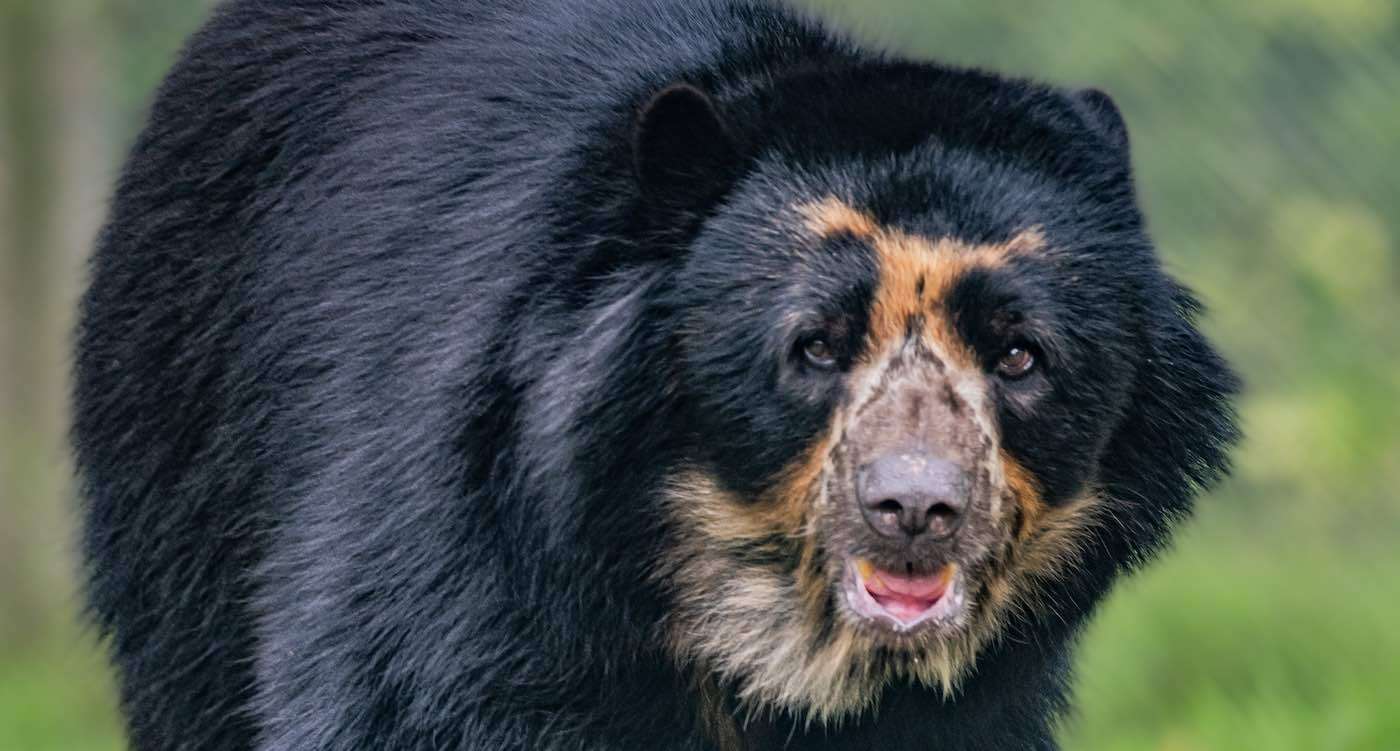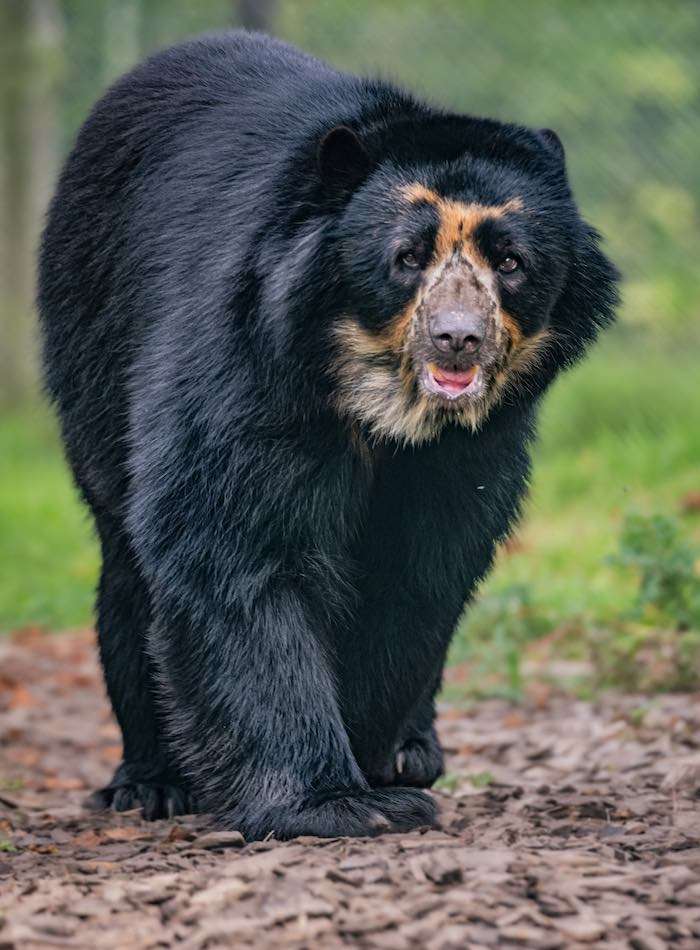Wiener Dog Gives Birth to So Many Puppies it Might Be a World Record: 'She's Such a Great Mum'
A dachshund has given birth to what could be a world record litter for her species-11 puppies at one time.

Two zoos in the US and UK have welcomed their very own ‘Paddington Bear' as part of a special breeding program to help save the rare Andean species from extinction.
The Chester Zoo in England released a new video of a ten-year-old Andean bear named Oberon that arrived as a ‘perfect match' for the zoo's female.
It is hoped the handsome Oberon will soon ‘hit it off' with three-year-old Pacha so they can have cubs together and boost the population of the threatened South American species.
Andean Bears are also known as ‘spectacled' bears due to the circular golden markings that can occur around their eyes—and were made famous by the classic children's character Paddington Bear that was from ‘deepest, darkest Peru' and appeared in more than 20 books written by British author Michael Bond.
Excited by the new arrival, Mike Jordan, a director at the zoo, said Oberon has "settled in nicely" since arriving in Chester, spending his time "exploring, climbing trees and checking out the sights and scents of his new home."
"Oberon hasn't yet fathered any cubs, so his genetics could play an important role in the future of his species—adding a key new bloodline to the breeding program."
The Nashville Zoo in Tennessee also announced this week the arrival of a new 10-year-old male named Pinocchio, from the Salisbury Zoo in Maryland, as part of the Association of Zoos and Aquariums' Andean Bear Species Survival Plan (SSP).
Pinocchio has a unique origin story and was originally rescued as an abandoned cub from the rural countryside of Ecuador and was ultimately deemed unfit to be released back into the wild.
He arrived at Salisbury Zoo in 2017 and successfully fathered three cubs during his time there. He will eventually be introduced to the Nashville Zoo's female, Luka, hoping they can also help ensure genetically diverse populations.

Listed by the International Union for the Conservation of Nature (IUCN) as vulnerable to extinction, the species is estimated to contain fewer than 10,000 as a result of deforestation and conflict with humans throughout their range in Peru, Venezuela, Colombia, Ecuador and Bolivia.
They are uniquely adapted to challenging mountainous habitats and possess a thick, shaggy coat and powerful jaws used for eating hardened vegetive matter in the harsh climates of the Andes Mountains.
Paul Bamford, a field manager for the Americas at Chester Zoo, detailed other ways they are aiding the species, working on the ground in Bolivia since 2016 to understand Andean bears in their changing landscape.
"Our extensive camera traps in the region have revealed that 30 female bears, 17 males and 13 youngsters – the southernmost population in the world – share their home with some of Bolivia's poorest and most vulnerable rural communities.
Absolutely Epic: Watch the Release of a Wild Bison Herd onto Blackfeet Tribal Land
"When bears wander into agricultural land and damage crops or kill livestock, it can often result in conflict or retaliation from the communities, which is one of the species' main threats.
"To help combat this, we have supported the economic wellbeing of local communities, helping them to generate income through a range of sustainable initiatives and addressing poverty as a driver for conflict with bears.
"Harvesting and selling honey, restoring forest habitat and training community members to monitor the bear population are just some of the initiatives that have resulted in a much more peaceful co-existence where both people and bears can thrive together."
WATCH the video from Chester Zoo (NOTE: You might want to mute the music…)
SHARE the Good News for This Mountain Bear on Social Media…
Be the first to comment